Pizza Hut’s ‘Little Free Libraries’ Look Exactly Like Mini Pizza Huts
Also, remember BOOK IT?
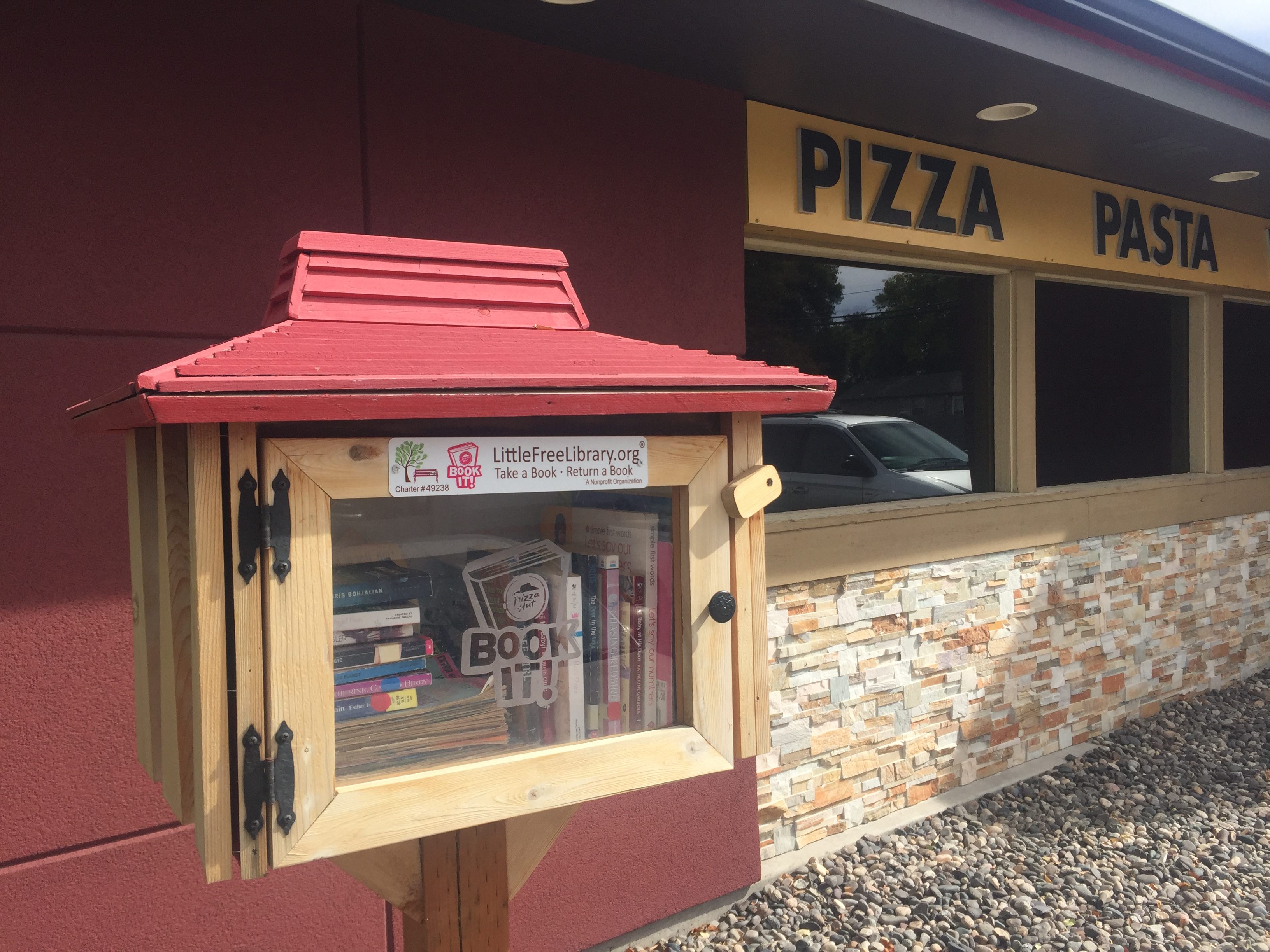
While stopping for gas in Wyoming during a recent trip, I glanced at a Pizza Hut across the parking lot and saw something surprising. Pizza Huts tend to be topped with the geometric red roof that’s become the pizza chain’s logo—it’s plastered on restaurants from Riverton, Wyoming, to Rio de Janeiro. This Pizza Hut had the iconic roof. But so did another, tiny Pizza Hut placed in front of the restaurant. Set atop a wooden post, the crate-sized structure was actually a Little Free Library, filled with books that passersby could pick up and exchange.
Little Free Libraries often come in interesting shapes. The first one ever built, by Todd Bol in 2009, was shaped like a one-room schoolhouse, complete with a bell-tower. According to Margret Aldrich, media and program manager at Little Free Library, as well as the author of The Little Free Library Book, “When his mother passed away, he really wanted to figure out a way to honor her memory.” (She was a schoolteacher and avid reader.) That single book-exchange box in Bol’s yard in Hudson, Wisconsin*, grew into a non-profit organization. It has registered 75,000 Little Free Libraries in 88 countries, all of which are organized and kept in working order by volunteers.

While the Little Free Library website offers blueprints to create basic book-exchange boxes, many builders get creative. Volunteers make Little Free Libraries shaped like birdhouses, castles, and spaceships, or themed after Doctor Who and Harry Potter. Others are made with attached benches or added greenery, and reams of Pinterest boards depict interesting designs. Contests celebrate the most creative takes.
Still, a Pizza Hut-themed Little Free Library was new to me. A few days later, in Montana, I plotted a course for a random Pizza Hut. Sure enough, there was a Little Free Library out front. Topped with the signature red roof, it was filled with magazines and classic young adult books, such as Johnny Tremain and Catherine, Called Birdy.
When I called Pizza Hut, I was informed that this was a franchisee project, rather than a national endeavor. “We were looking at ways to become involved in our markets locally,” says Lynda Carrier-Metz, the chief marketing manager of Restaurant Management Company of Wichita. In 2016, Carrier-Metz won a $10,000 volunteer grant from Pizza Hut parent Yum! Brands to construct 20 book-exchange boxes in front of restaurants. According to Carrier-Metz, it came down to combining community involvement with “what people were doing already”: that is, going to Pizza Hut. “In many towns, the libraries aren’t open after 5 or 6 p.m.,” she adds. “We wanted them to come to Pizza Hut and bring their books, and get other books.”

Carrier-Metz had seen Little Free Libraries around town, but hadn’t realized there was an organization behind them. She first turned to her father, a woodworker, to build Pizza Hut-themed Little Free Libraries. But after she learned about the official non-profit, she teamed up with Branden Pedersen of Little Free Library. With the Yum! funding, they whipped up a design. “It’s kind of the iconic Pizza Hut look,” says Pedersen. Then, an Amish woodworker, Daniel Bontrager, built them.
In December of 2016, Pedersen drove to Wyoming and Montana to deliver the goods: 20 Little Free Libraries. He installed most of them at Pizza Huts across the two states, and the remainder he handed over to be installed at Pizza Hut locations in Texas and Kansas. A staff member at each restaurant, Pedersen says, became the steward of each, responsible to “keep it in good repair, fill it with books, tell people how it works, and encourage them to use it.”
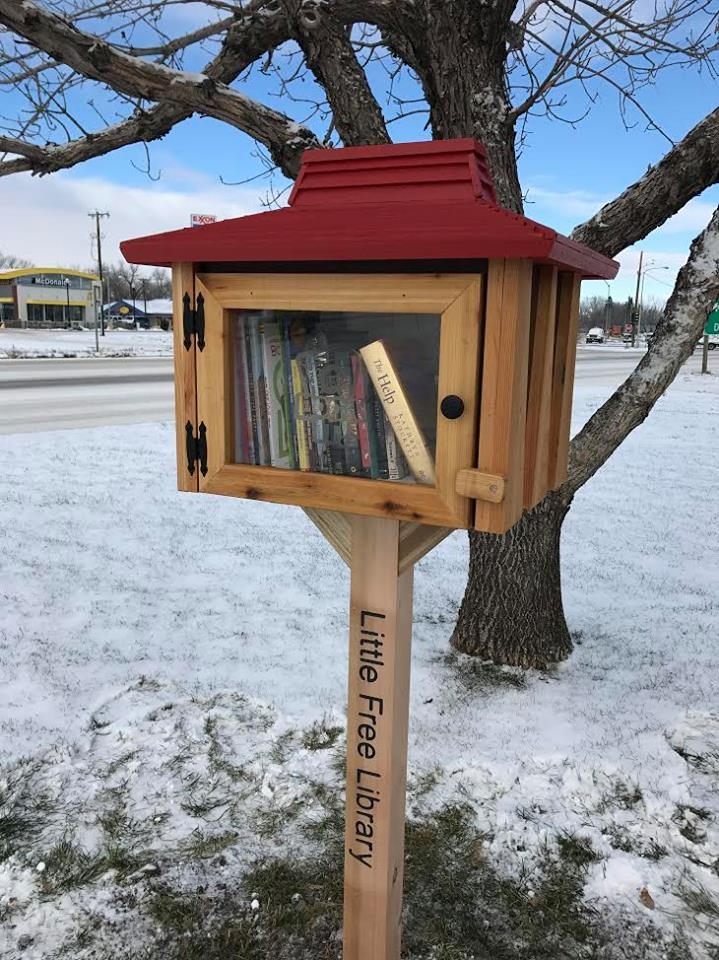
Both Carrier-Metz and Little Free Library consider the team-up a matter of course. “Pizza Hut has a long legacy of supporting literacy, which you really wouldn’t think about,” says Aldrich. The front of the Pizza Hut Little Free Libraries feature a “BOOK IT!” logo, which refers to a program started by Pizza Hut in 1984 to promote reading. Then-President of Pizza Hut Inc., Art Gunther, had a son with severe reading difficulties. That led to the creation of BOOK IT! in 1984, which Gunter later called “the most important thing I have ever done in my working life.” As of 2017, 14 million children in America had participated, earning personal-pizza rewards for reading.
While still active today, BOOK IT! has a special nostalgia for bookworms of a certain age. It’s inspired love letters, apparel, and, in 2014, free pizza for alumni of the program in celebration of its 30th anniversary. Even Aldrich tells me she participated in BOOK IT! The program also served as a tentpole for Pizza Hut’s The Literary Project, which promotes reading and distributes books around the world.
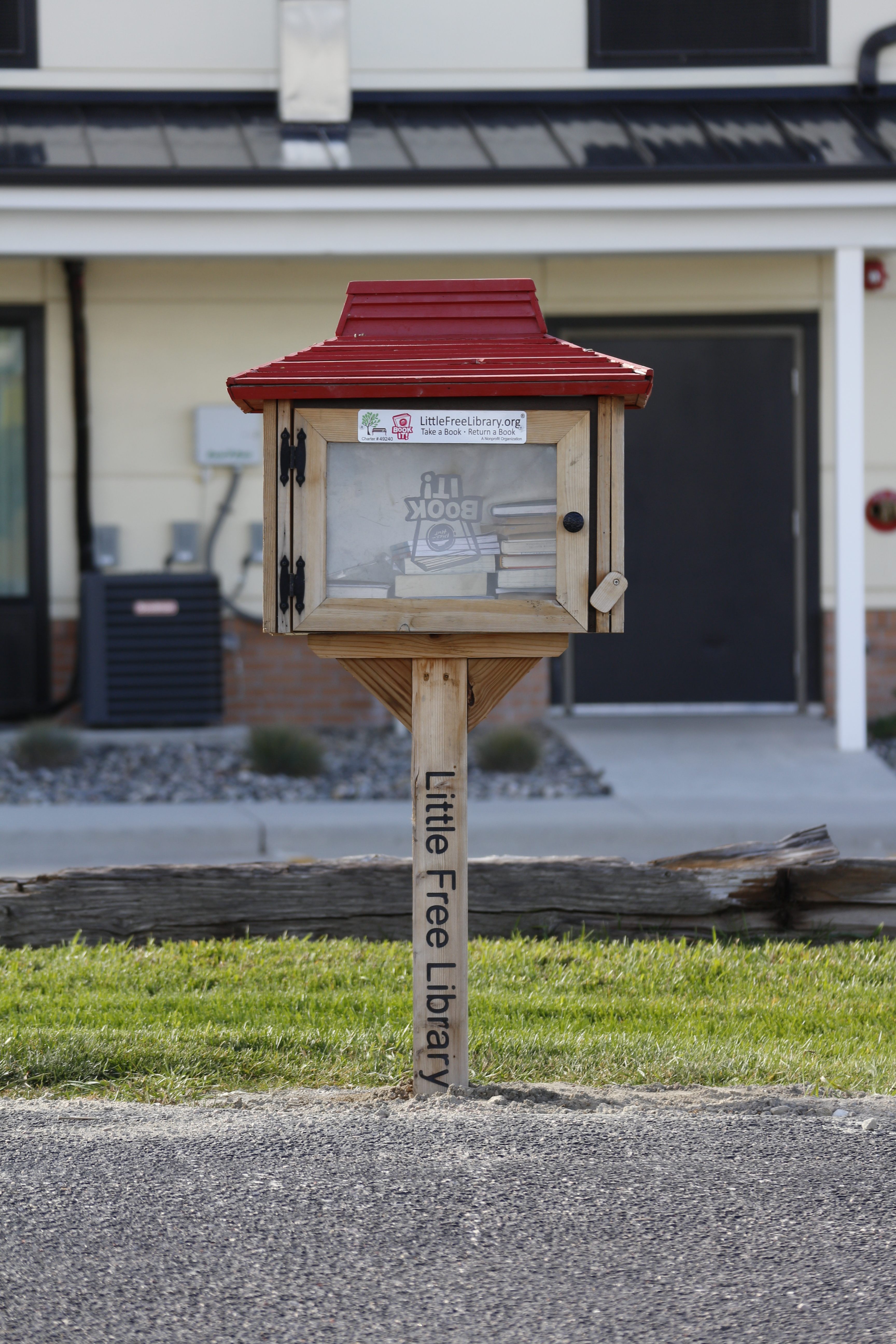
A collaboration between a bookish nonprofit and pizza megalith might seem strange. But Aldrich calls it “kind of a natural connection.” For one thing, it puts books in accessible locations, making even a trip to the pizza parlor an opportunity to grab a book. Pedersen also notes that in small, remote communities, a Little Free Library can have a significant impact. Local economic need was also taken into account when choosing locations for the book-exchange boxes. Especially in communities with small libraries and few bookstores, the prospect of free, available books can be a boon.
Despite the best efforts of Little Free Libraries staff, though, corporate sponsorships are still fairly rare. “We were hoping it would catch on and go national,” says Pedersen. For the benefit of other fast food chains, he adds that they’re happy to customize designs for interested brands “in a tasteful way.” But Pizza Hut’s participation is still a drop of marinara compared to the enormous number of independent Little Free Libraries. “The vast, vast, vast majority behind Little Free Library is a volunteer,” says Aldrich. “Just an individual who’s making it happen in their community.”
*Correction: This story previously stated that the first Little Free Library was built in Minnesota. The first Little Free Library was built in Hudson, Wisconsin.
Gastro Obscura covers the world’s most wondrous food and drink.
Sign up for our regular newsletter.




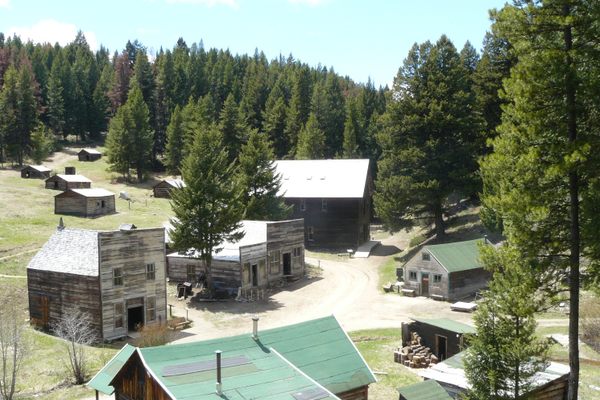




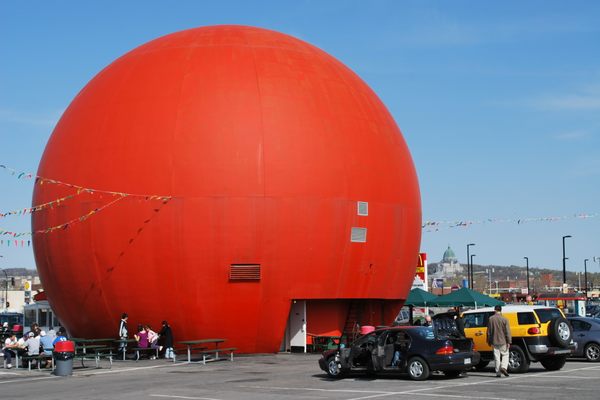
















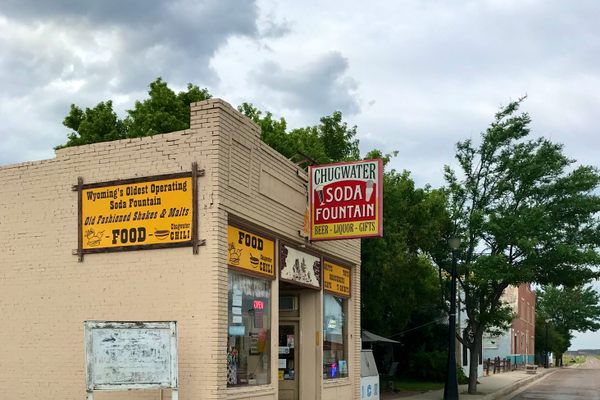
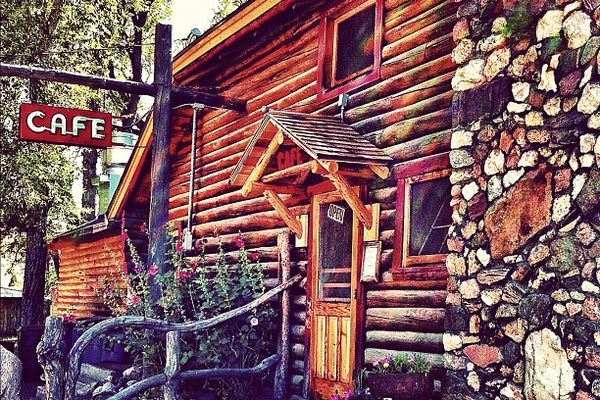





Follow us on Twitter to get the latest on the world's hidden wonders.
Like us on Facebook to get the latest on the world's hidden wonders.
Follow us on Twitter Like us on Facebook